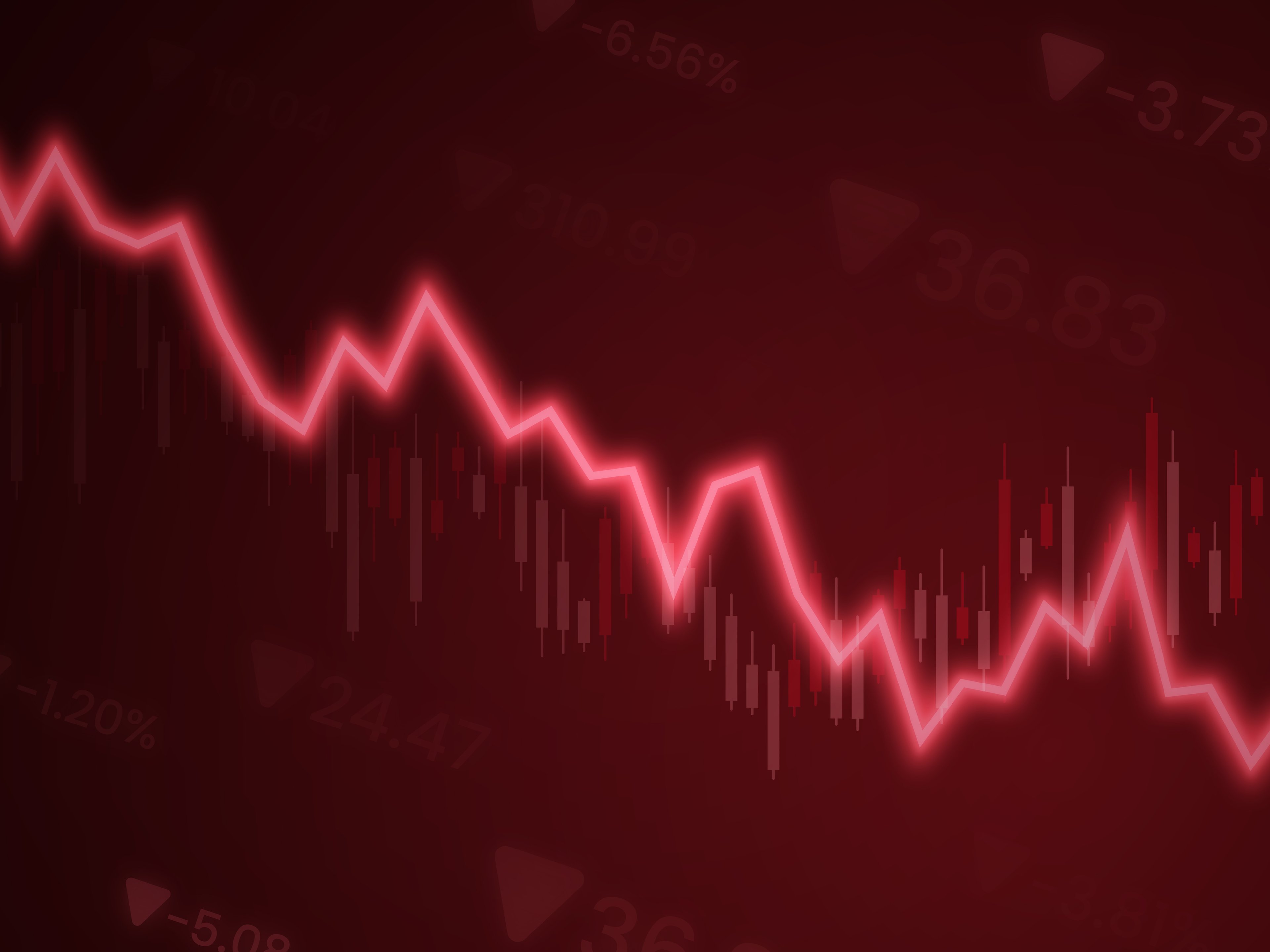The Shiba Inu (SHIB +1.72%) cryptocurrency was created by an anonymous developer named Ryoshi in 2020. Investors piled into it hoping it would have similar success to the industry's original meme token, Dogecoin, which was soaring in value at the time.
Shiba Inu rocketed higher by 45,278,000% in 2021, which remains one of the best annual returns for any asset in the history of the financial markets. It would have been enough to turn a perfectly timed investment of just $3 into more than $1 million.
However, the incredible move was fueled by speculation that inevitably fizzled out, and Shiba Inu has since lost 84% of its peak value. It's struggling to build sustainable momentum because it lacks fundamental catalysts, but a series of pro-crypto policies from President Donald Trump's administration is driving some positive sentiment across the industry right now.
Could 2025 be the year it stages another historic run, this time reaching the $1 milestone? There might be a $589 trillion problem standing in the way.

Image source: Getty Images.
Shiba Inu might not benefit from crypto-friendly policies
Shiba Inu doesn't have much utility in the real world. It's too volatile to be considered a legitimate store of value, and according to crypto directory Cryptwerk, just 1,074 businesses worldwide are willing to accept it as payment for goods and services.
Trump is making it easier for cryptocurrencies to find new ways to create value by introducing supportive government policies and by relaxing regulations, but it's unclear whether these moves will help speculative tokens like Shiba Inu.

CRYPTO: SHIB
Key Data Points
For example, the president created a digital assets stockpile to store a variety of cryptocurrencies that the U.S. government seizes as a result of criminal activity, but Shiba Inu isn't one of them. He also appointed crypto advocate Paul Atkins to run the Securities and Exchange Commission, but a lighter regulatory touch won't solve the meme token's volatile nature or its lack of adoption among businesses and consumers.
The $589 trillion problem preventing a run to $1
The crypto's plentiful supply is perhaps the biggest hurdle on the path to $1. There are 589.5 trillion tokens in circulation, so at the current price of $0.000014 per token, it has a market capitalization of $8.1 billion.
Simple math dictates that a price of $1 would result in a market cap of $589.5 trillion, which would make it 137 times more valuable than the world's largest company, Nvidia. The token would also be five times bigger than the annual output of the entire global economy, which was $111 trillion last year.
In other words, there is simply no way Shiba Inu will ever trade at $1 in its current state. But the community is trying to carve another pathway to $1 by burning tokens, which removes them from circulation forever. Basically, when tokens are sent to a dead wallet where they can never be retrieved, the price of each remaining token should rise organically to account for the reduction in supply.
Burning enough tokens will take thousands of years
Based on Shiba Inu's current market cap of $8.1 billion, burning 99.99998% of the 589.5 trillion tokens to leave just 8.1 billion in circulation would, theoretically, result in a price of $1. But it would require participation from almost every holder, meaning nobody would actually make any money.
To put it another way, even though each Shiba Inu token would be worth $1, every investor would have 99.99998% fewer tokens, so their net financial position would remain exactly the same.
Besides, just 1.7 billion tokens were burned last month, which translates to an annualized rate of 20.4 billion. It would take 28,882 years to burn enough tokens to warrant a price of $1 at the current pace. That's a long time to wait to make no money!
In summary, reaching $1 is completely out of the question for Shiba Inu in 2025. In fact, it's unlikely to happen at any point in our lifetime.







